They work across the state’s prisons and deal with some of NSW’s most dangerous criminals, but what exactly does it take to be a corrective services officer?
Nerves threaten to overwhelm them as exposed skin tingles.
Irritated eyes — still protected by a gas mask — water in anticipation, as a seal is broken and a powerful chemical munition billows into their face and forces its way down deep into their lungs.
Breathing labours, young men and women cough and splutter, and desperately work to stay upright, as Specialist Operation Group officers ask a series of questions.
Even the strongest of recruits wince as the gas grips their throat, instantly winding them as their body refuses to take in the powerful tear gas used in the most dangerous riots that break out behind bars in the state’s most dangerous prisons.
It could be scenes of a blockbuster movie, but this is the reality of new recruits tested to their limits to become correctional officers.
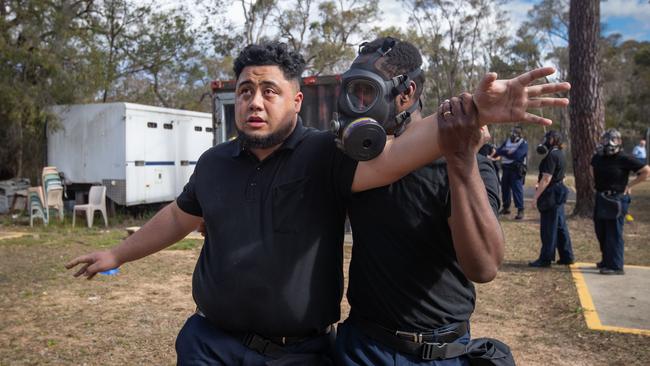
A shipping container deep in the bush in Sydney’s western suburbs is regularly transformed into a training facility designed to prepare soon-to-be NSW Corrective Services officers with the powerful nature of CS gas in a hostile environment.
Silverwater Metropolitan Remand Centre: 200 correctional officers on leave during Delta outbreak
Parklea Correctional Centre: riot, fire breaks out at western Sydney prison
Parklea Correctional Centre: operators didn’t attend Covid briefings until cases rose to 108
A smoky gas rolls out of the doors as recruits, three journalists and Corrective Services Minister Geoff Lee file into the container in small groups, hyping each other up before their bodies are inundated.
Doors close and darkness descends as the container fills with gas. Not a scene from a disaster movie but an important — must-pass — stage of any correction officer’s training.
If you’re not scared, you’re lying.
WATCH THE FULL DOCUMENTARY HERE
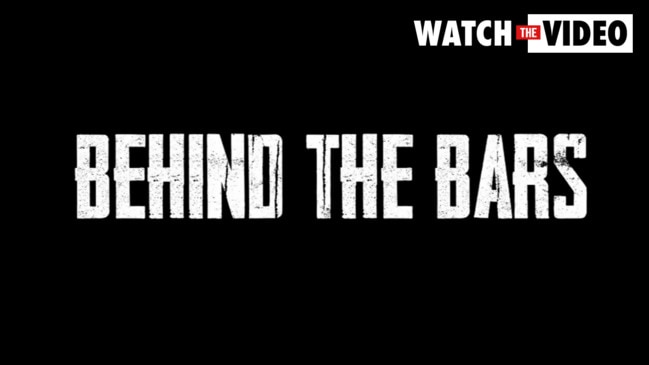
To show the wider just what it takes to be a trainee correctional officer, NewsLocal journalists Jake McCallum and Alexi Demetriadi set out alongside videographer Julian Andrews to the Francis Greenway Correctional Complex at Berkshire Park in Sydney’s west — taking on the last hurdle of riot training, group drills and the dreaded tear gas challenge with Corrective Services Minister Geoff Lee.

Project 800, the state government’s recruitment drive to hire 800 corrective services officers before year’s end, has seen an influx of bright, budding trainee officers undertake training to work in prisons across NSW.
In July, The Daily Telegraph revealed CSNSW had fallen dramatically short of its promise to hire a massive 800 additional correctional officers by the end of the last financial year, with labour shortages blamed for the shortfall.
Prince of Wales Hospital: Corrections officer in critical condition after inmate assault
Bathurst Correctional Centre: Corrections officers allegedly breached Covid mask orders
St Heliers Correctional Centre, Muswellbrook: Female officer allegedly taken hostage, inmate charged
St Heliers Correctional Centre hostage situation: Andrew Ransom to be charged with kidnapping
However, just 190 new recruits had undertaken the 10-week training program by that point, with a further 5000 applications submitted by people registering interest. Corrective Services Minister Geoff Lee argued a “tight labour market” and a commitment to “finding the right people” delayed the recruitment process.
However, since the criticism resulting from the failure to meet Project 800’s July deadline, hundreds of new recruits have joined, with 400 additional correctional officers completed or currently undertaking training
It’s an exhaustive and intensive 10-week course that pushes the body and mind to the limit, but also crucially gives an insight into the type of conditions officers across the state’s prison system face regularly.

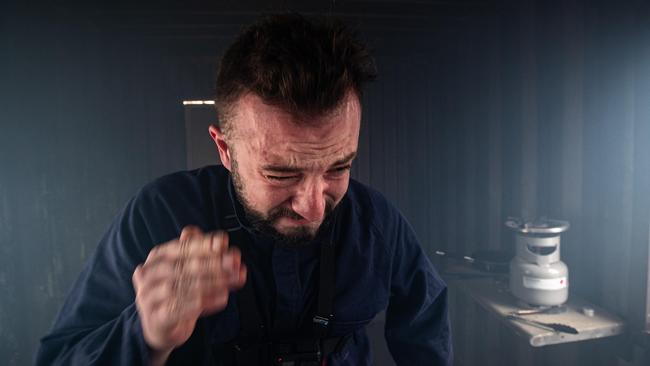
Security Operations Group (S.O.G) at Francis Greenway Correctional Complex is where the new recruits meet their most physical training tests and are put through their paces.
“We’ve had all sorts of training,” trainee corrections officer Michelle Rusteau, 38, said.
“It gives you an insight into the great work corrective officers do to keep order and keep prisons safe.”
Which brings us to the tear gas challenge.
The CS gas is used when officers face a prison riot. As opposed to meeting violence with violence, the gas is designed to neutralise any escalating riot, rendering it harmless.
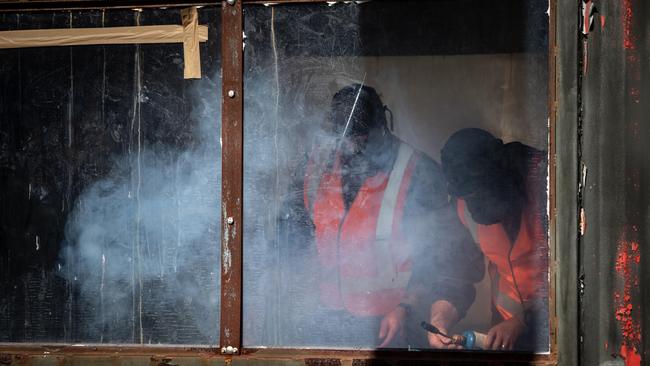
Officers whip on their masks, already accustomed to the CS gas and what it entails. Inmates are then each checked upon by a medical professional after the gas, to ensure their wellbeing.
New recruits have to experience it beforehand as part of their training and it’s a critical element: they must pass it to progress through the course.
Recruits will be asked to enter, clear their gas mask, before removing it and answer a handful of questions – maskless – from senior officers, before they’re allowed to rush to the exit and fresh air.
“It wasn’t pleasant,” trainee Mark Mati, 25, said.
“As soon as my mask came off it felt like I was swallowing a handful of blades, it just took my breath straight away.”
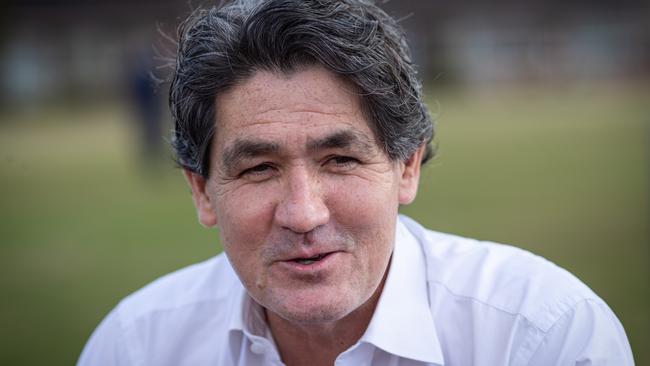
For those new recruits that were joined by the two NewsLocal journalists, a camera man and Corrections Minister Geoff Lee it was a tear gas challenge with a few more eyes on them.
“Five weeks of build up and we finally know what the gas feels like,” Ms Rusteau said.
“It seemed to affect everyone differently, for me it was my eyes. But you can see how effective it is when used inside a correctional facility.”
Corrective Services NSW to extend Covid Command Post, 656,000 rapid tests stop 1500 cases
Clarence Correctional Centre: allegations of staff shortages, sexual harassment at Serco prison
Clarence Correctional Centre: Shock number of positions vacant at private prison
Minister Lee, who recently announced he’ll leave his post at the next state election, joined recruits in the gas chamber to ascertain himself what the conditions were like for new officers.
“It looks innocuous when you first walk up, but as soon as you take off your mask you feel the burn,” he said.
“All of a sudden, you can’t open your eyes, you lose your breath and you want to get out of there as quickly as possible.”

Riot training is another aspect officers will face inside the prison, and another important component outside it.
Trainees are subjected to hour upon hour of riot practice as part of their training, armed with batons, shields and other protective equipment.
“Riot training shows you how intense a riot can be within a jail,” Ms Rusteau said.
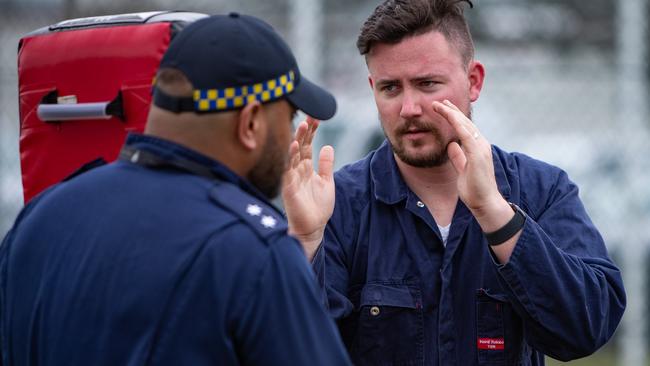
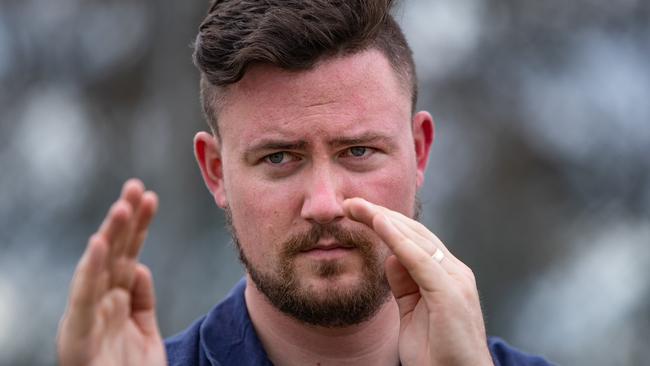
It’s long, exhaustive work – but crucial to preparing recruits for the realities inside the prison system, and senior officers welcomed the stream of new recruits and their willingness to learn.
“It’s great to see so many new faces, it just bolsters our capabilities as a group in the centres themselves,” Assistant Superintendent Bassanio Fonua said.
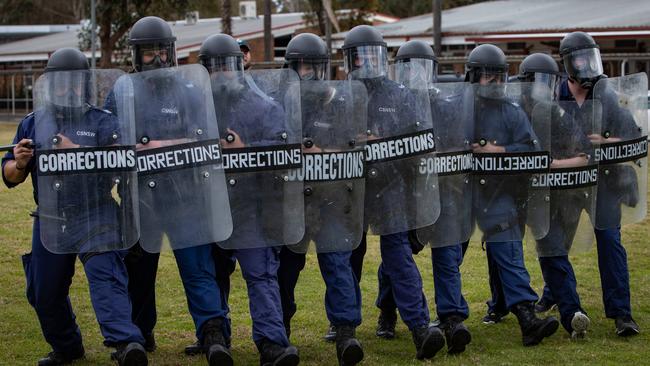
Across the training, however, there’s an emphasis on de-escalation – looking to diffuse conflict and violence before it spirals further.
“My tip is to treat people in the system with dignity and respect,” Troy Seychelles, manager of security at Security Operations Group at Francis Greenway Correctional Complex, said.
“Don’t come in here if you think the job is to punish further, that’s been decided by the courts – our job is to rehabilitate.”

The motivation behind wanting to rough it out in the state’s prisons is multifaceted. Some do it with an eye to keeping the community safe, others with more of an emphasis on rehabilitation.
“They’ve broken the law, but we’re not going inside to judge,” trainee officer Milena Gusa, 34, said.
Corrective Services NSW: Department falls short on promise to hire 800 officers
Dictor Dongrin found dead in Clarence Correctional Centre
Clarence Correctional Centre: Second inmate dies in two months at private prison
Goulburn Correctional Complex: Inspector calls for maximum security prison to be closed
“Our aim is to go in there and try and help them, so they don’t re-offend and ultimately make the community feel safer.”
Minister Lee applauded those who had already signed up during the Project 800 recruitment process and said they’re getting themselves a worthwhile career, as opposed to a disposable job.

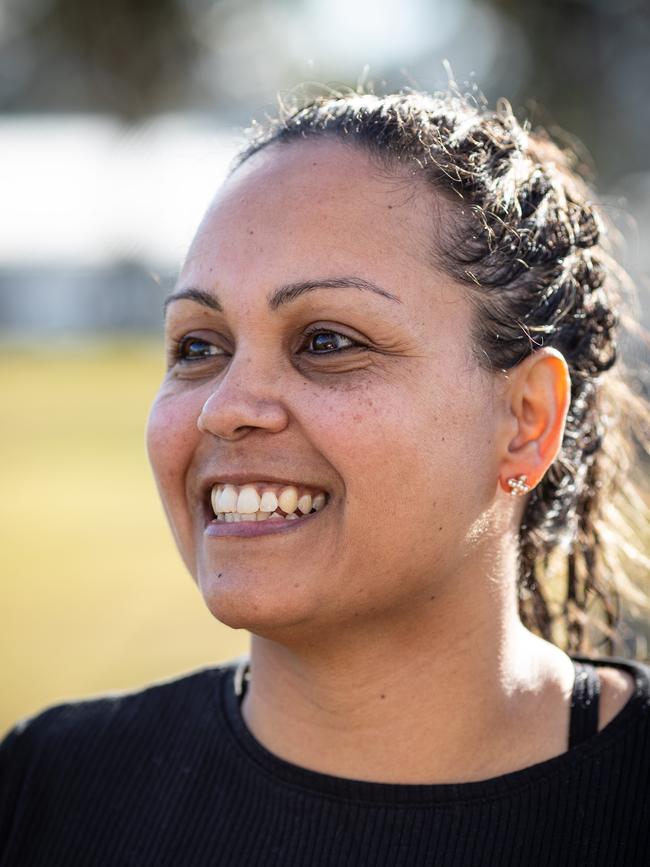

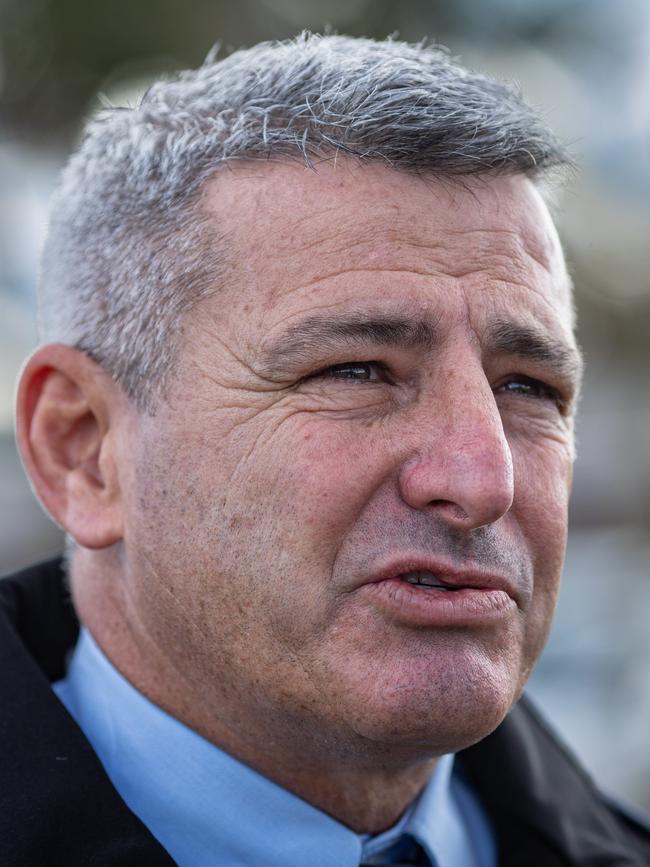
“They’re not just getting a job, they’re getting a career for their future,” the minister said.
“They’re the ones keeping us and the prisons safe, and dealing with some of the most dangerous criminals in the state – I take my hat off to them.”
Mateship, camaraderie and working together is vital within the ranks of corrections officers, and all three traits were on display among the latest band of recruits.
“It’s fantastic to see that camaraderie build within the new groups,” Mr Seychelles said.
“They’re only with us here (at S.O.G) for five days, but at the end they’re a team, laughing, united and helping one another.”

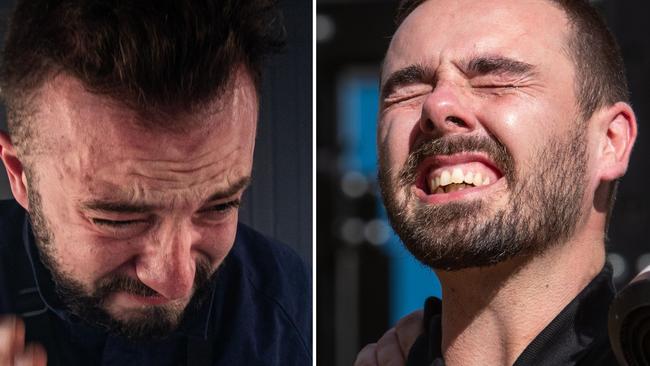
Add your comment to this story
To join the conversation, please log in. Don't have an account? Register
Join the conversation, you are commenting as Logout
Macarthur RL talking points: Old names and new faces make their mark
One club has gone full circle with player depth, while a couple are set to benefit from the long-term addition of fresh legs. Latest talking points from R3 of Macarthur RL.
Panthers’ NRLW dream closer with crucial $20m investment in Penrith
Penrith’s NRLW dream is a step closer to fruition with a proposed $20m centre of excellence in the pipeline. Here’s what the state of the art development would deliver for female athletes in the region.